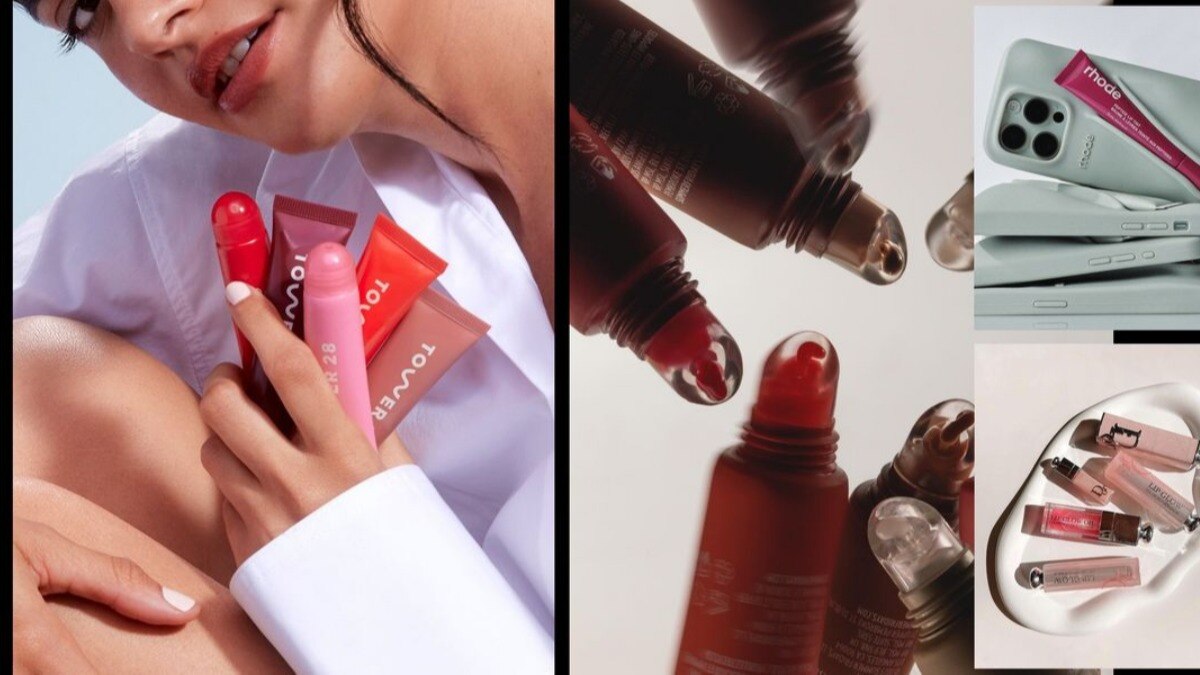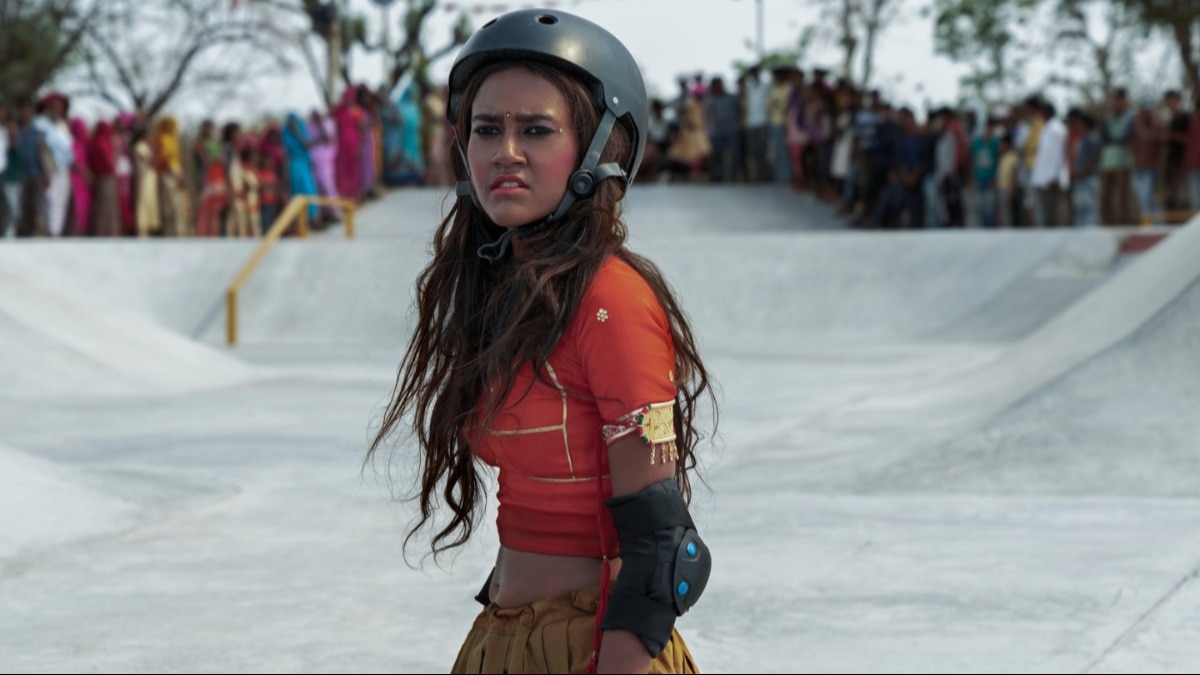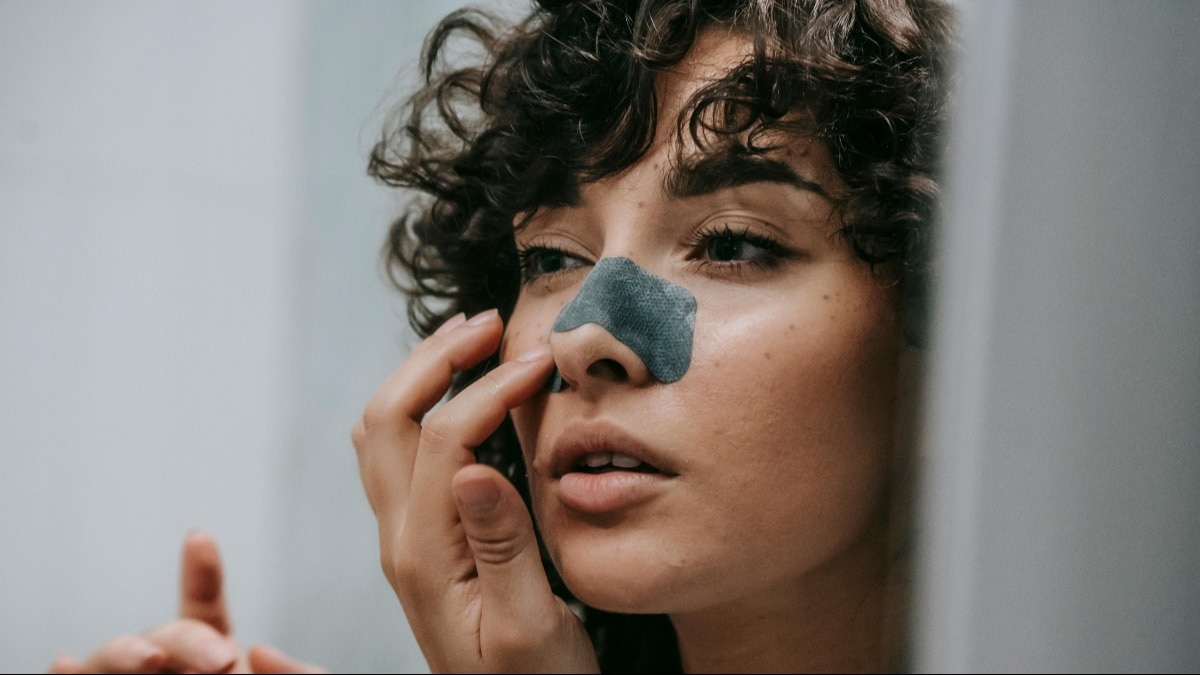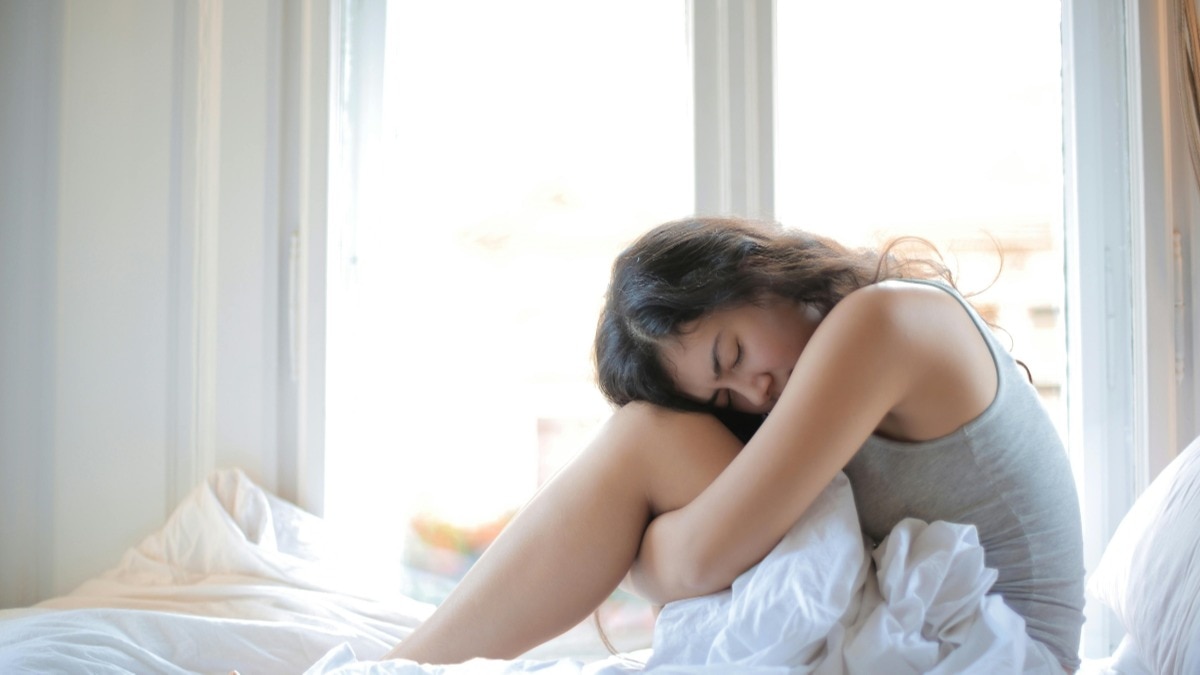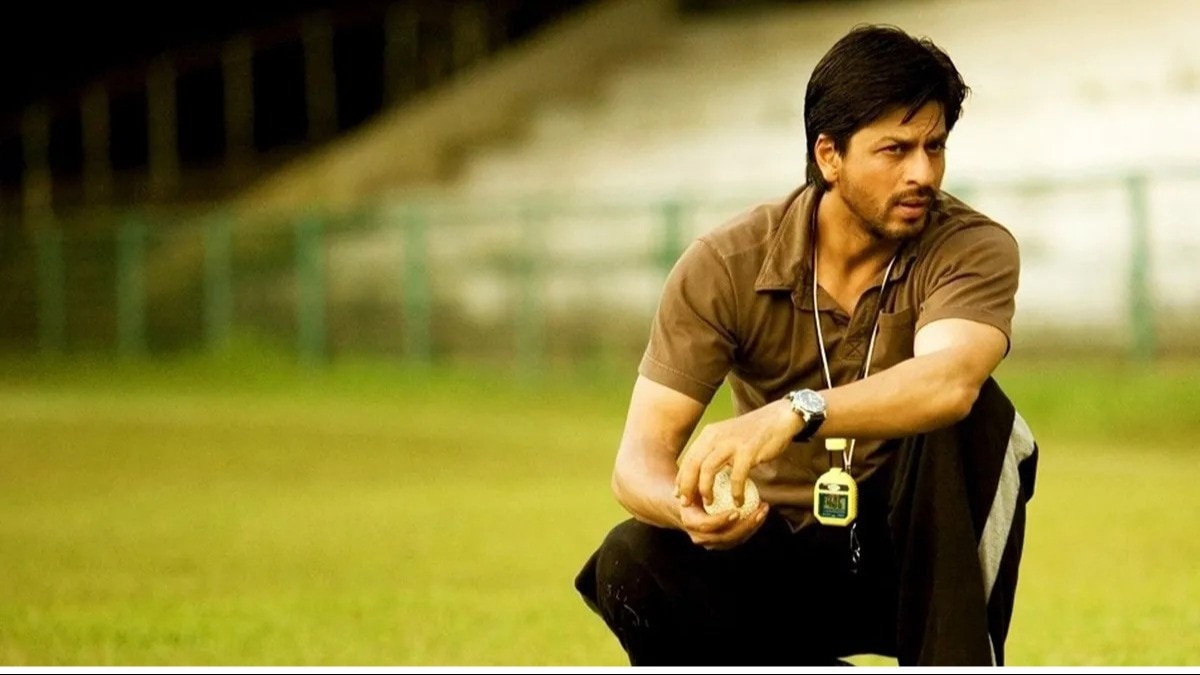
A modest fashion designer weighs-in on whether a runway hijab is a true hijab
Dubai-based designer, Safiya Abdallah talks about headscarves on the catwalk.


Headscarves have made regular appearances in international fashion shows for a few years now, but some argue that they don’t exemplify the true role of the hijab and the reality of the women who choose to wear it around the world. At least this is what the Dubai-based modest fashion designer, Safiya Abdallah, founder of Dulce by Safiya label thinks, “I feel that although its nice to see representation of hijab most of it isn’t true representation, they almost take the hijab and make it sexy, which is contrary to the purpose of actual hijab.” For Abdallah, the appearance of the hijab in this image “almost feels as if they are appropriating our hijabs and, in some ways, mocking us or trying to change the interpretation of it".
Over the past decade, the hijab has become an almost common occurrence on the international catwalks. Eyebrows are no longer raised as they once did when Dolce & Gabbana launched its first collection of abayas in 2016, and photographed it with models who covered their hair completely. Now Michael Kors has launched a collection of printed headscarves, and Nike changed the way Hijabis workout in 2018 with the launch of the Nike Pro Hijab. This was followed by the modest Victory swimsuit in 2020, and during Paris Fashion Week this month for Spring/Summer 2023, Kanye West models donned the 90s-era Amira hijab.
Is a runway hijab a true hijab?
Many brands are now jumping on the hijab bandwagon, as the modest clothing market is expected to be worth $361 billion in 2023—according to an article be Dr Mohamad Chehade. But the question that must be asked now, in light of the oppression facing the Hijab in France—as a home to one of Europe’s largest Muslim minorities, France has banned the display of religious symbols in state schools and hospitals, and thousands of Muslim girls are no longer allowed to wear their headscarves—is, will this shift in perspective on the catwalks of Paris and elsewhere have any affect on public perception of the head covering and the Hijab-ban laws in France, Belgium, and other countries around Europe?
Abdallah believes that the real impact depends on the media, “In my opinion, the media doesn’t seem to have much interest in true representation of the hijab,” she explains, “Halima Aden recently spoke about how she felt the turban was the only way they wanted actual Muslim women to walk down a runway so long as it wasn’t the traditional hijab style."
At Saint Laurent’s fashion show during Paris Fashion Week for ready-to-wear SS23, some models appeared wearing a shawl that fell on the head in a way that resembled a hijab, but the model’s appearance contradicts the principles of modesty exposing the chest and neck areas. This provoked Abdallah, who says, “I searched high and I searched to the lowest pit of the earth's core beneath Paris Fashion Week, it was apparent that an actual hijab was not worn on an actual Muslim and if it resembled the drape of a hijab on a model it most definitely was not a modest look." It, according to Abdallah, appeared as if “they want to belittle the meaning of it not truly represent it".
It’s a dilemma that may seem difficult to solve, but Abdallah offers an obvious solution for high-end fashion brands that aspire to reach the modest fashion market. “When looking for modest fashion, try and support the local talents that invest in their quality and help them grow to a point of holding their own fashion shows that don’t rely on Western media to accept and redeem them."
This piece originally appeared in Harper's Bazaar Arabia.
Feature image: fitriviqwee/Instagram



